S5 E178 Machinima News Omnibus (Apr 2025)
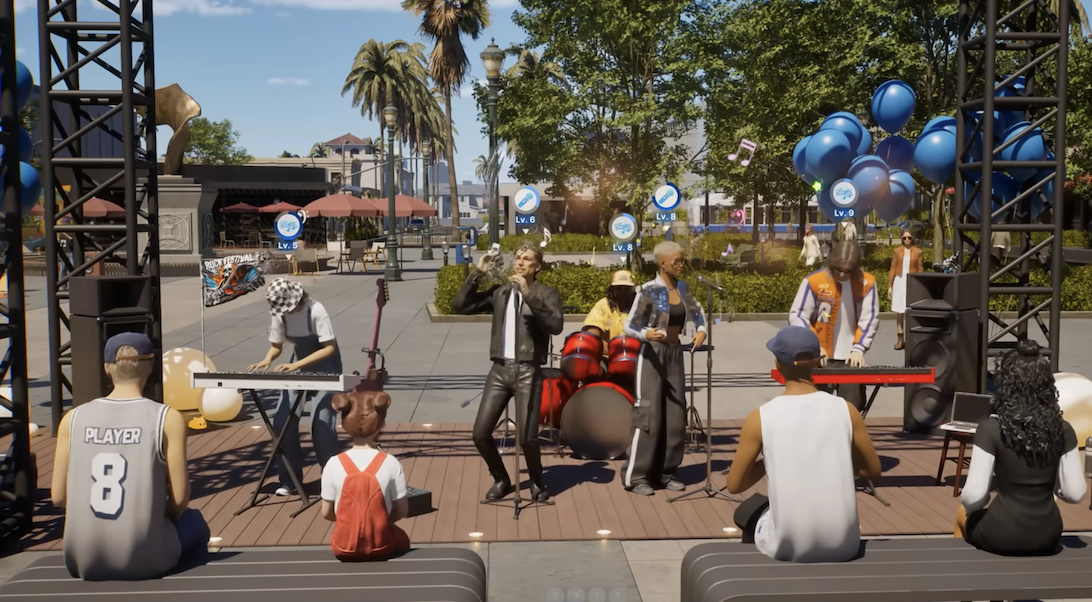
This week is yet another packed episode of updates and things we think you’ll find relevant to creating great machinima content, including more great projects to be inspired by, genAIs we’ve spotted, Steam’s rip off, inZOI’s challenge to Sims and the phenomenon known as the ‘Minecraft Movie’. Check out our discussion and do add comments.
YouTube Version of This Episode
Show Notes & Links
Projects
A GTA5 Zombie Movie, called Survive by Gabrian Films –
Cuco – A Love Letter to LA by Paul Trillo, created in 2D and AI –
Neural Viz released episode 485: Pog Corto of Tigg Talk – all about tariffs –
Anomidae on making a game, an explainer –
Another WoW documentary, thanks to Ben Grussi for sending this over to us –
A GTA6 mAIchinima, made with Cursor and Claude Sonnet 3.7, released on X, link here.
genAI updates
A conversational AI voice synthesiser by Sesame.com worth looking at.
ElevenLabs launched its Actor Mode, here’s the show & tell video –
Runway released Gen 4 which enables you to precisely generate consistent characters, locations and objects across scenes –
chatGPTs 4.o image generator launched and immediately took backlash from a Studio Ghibli meme – here’s the post that seemed to start it all off. Link here.
A method for aligning 3D generators with simulation feedback for physical soundness – generates 3D assets that are stable under gravity and faithful to the conditioning images, meaning they don’t fall over so easily, and can also be used for 3D print models. Link here.
A recamming tool called Recammaster, which takes a video file as input and then generates a breadth of different perspectives on it. Link to Github here.
An AI assisted VTubing tool, called AIWarper/WarpTuber, which allows you to animate portraits or character images by mapping your facial expressions and movements to them in real-time. It supports both static images and video animations, making it perfect for virtual avatars, content creation, and streaming. Link here. YouTube tutorial here –
And in Other News
How Steam works – a review of the algorithmic problems that Steam perpetuates –
Apple Arts Studios, nothing to do with Apple Inc. has launched Animation Shopee – an intriguing competitor to Reallusion’s character animations. Link here.
Nintendo Switch 2 launched, link here.
John Robertson’s gamer show called The Dark Room, link here and promo here –
Nvidia’s GeForce RTX 5060 Ti releases on 15 Apr, link here.
InZOI game, a competitor for Sims(?), out now on Steam. Link here and trailer here –
The Minecraft Movie, trailer here –
and article questioning its success in The Guardian here!

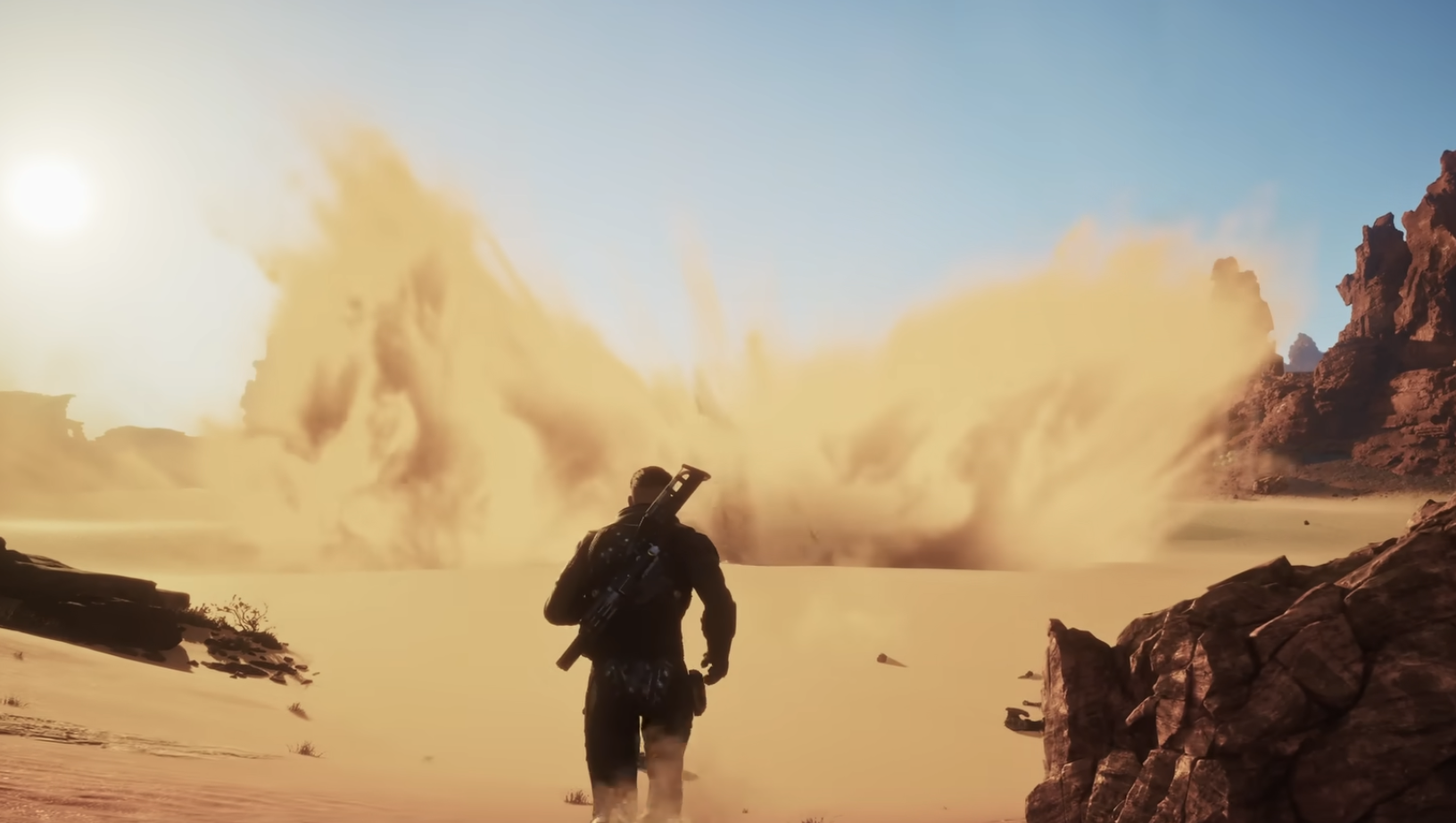

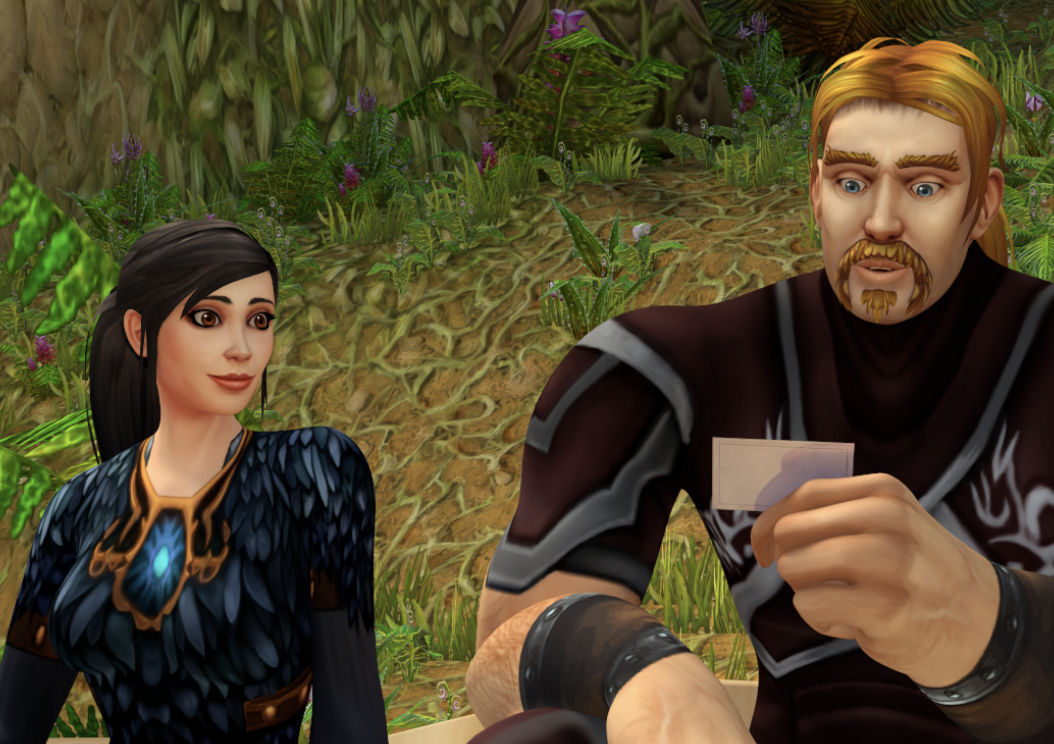
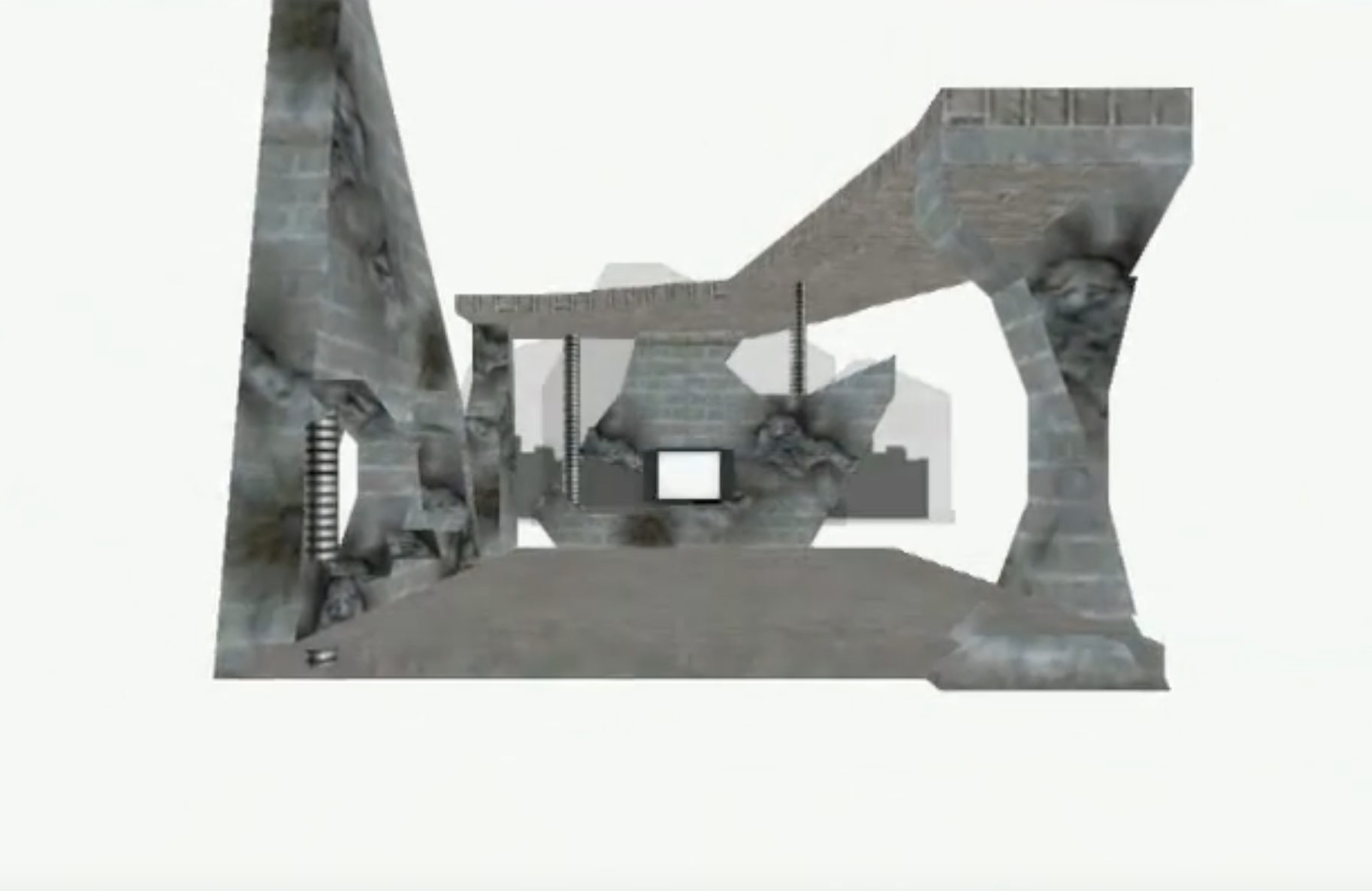

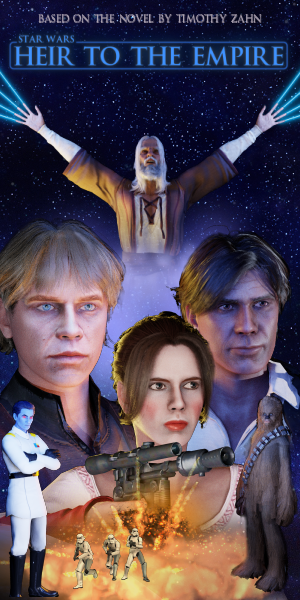
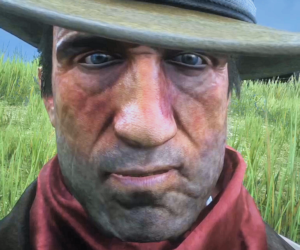
Recent Comments